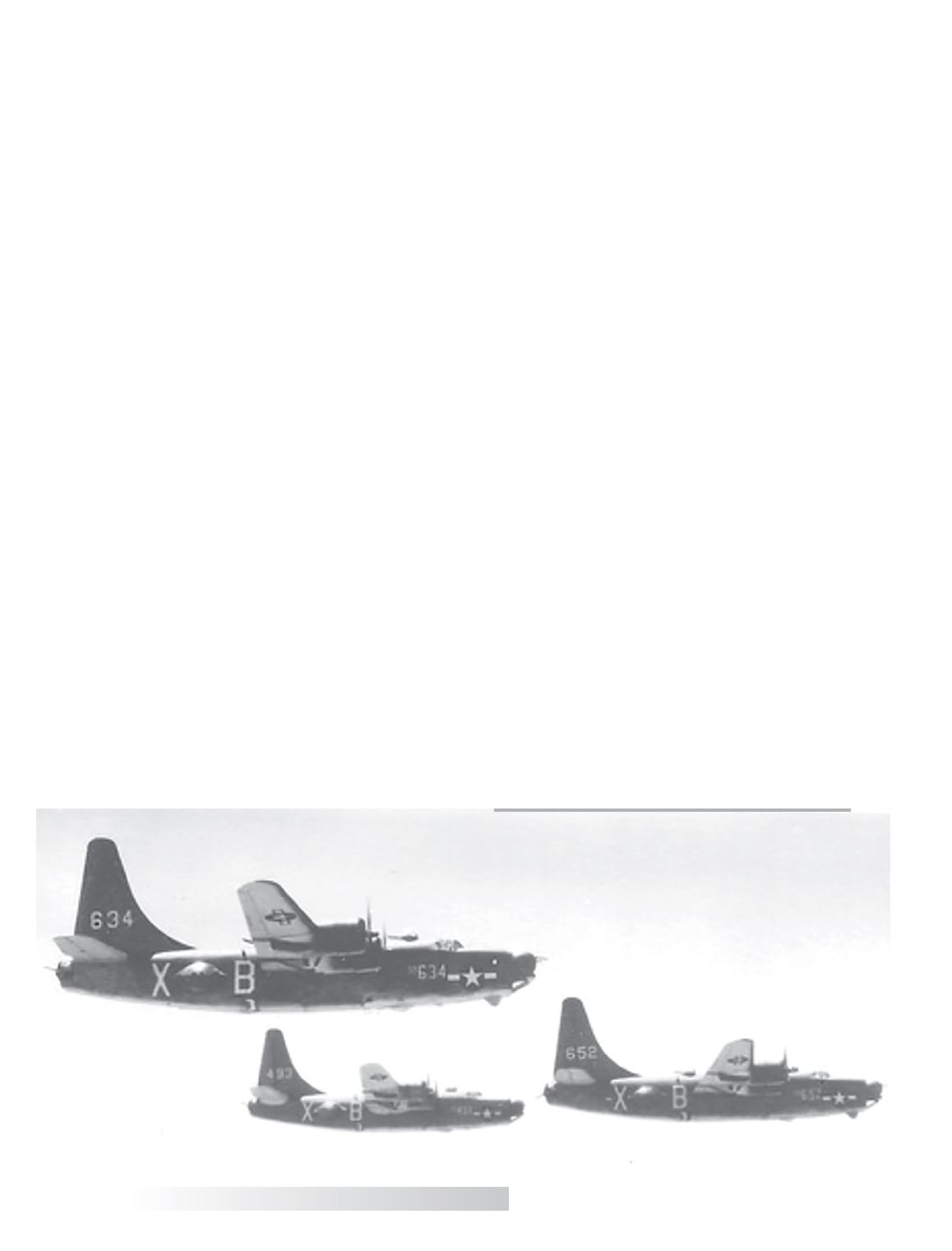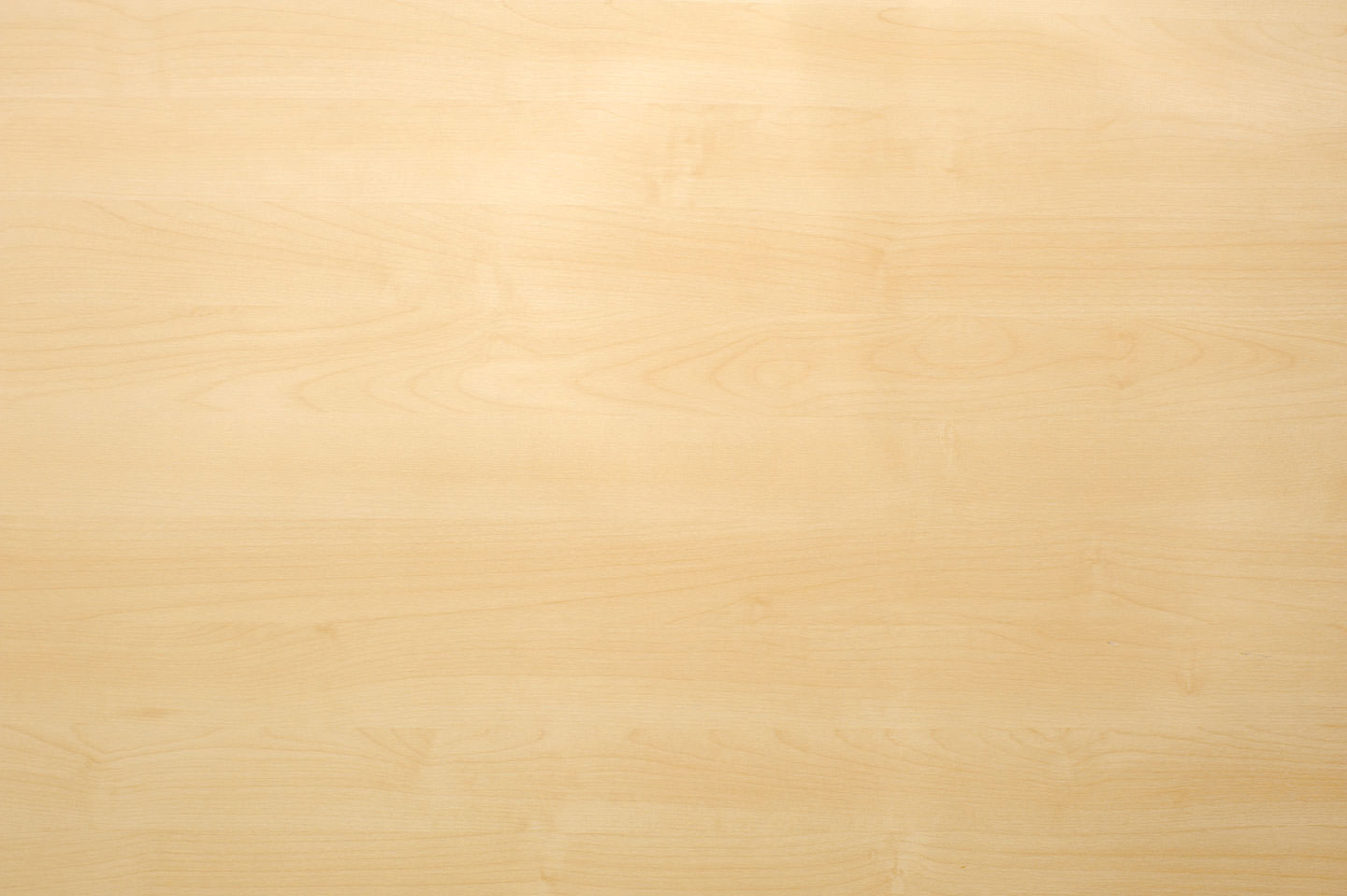

Holiday 2018
41
boatingonthehudson.com
Flight Crew in PBY (Catalina) sea planes, and earned his wings
as an Air Crew ARM 3/C (CAC). He flew patrols over the Atlantic
out of JAX Naval Air Station, from Charleston, North Carolina
to Miami, Florida and Guantanamo Bay, Cuba and never spotted
“anything except big turtles, which look like subs from the air”.
The Navy changed its mind, deciding to put him in land-based
patrol bombers and he was sent by train—the train car was the
last car attached to a civilian train—to Hutchinson, Kansas
for training in Army-type B-24’s. The train stopped in Tifton,
Georgia for coal and water and his crew got off and ran to a local
bar. He was too young to drink, so he and a buddy went to an
ice cream parlor down the street. The train pulled out and the
bar gang got on, but he and his buddy couldn’t catch it, and they
were marooned in Georgia. They somehow made their way to
Atlanta and turned themselves in to the Navy Shore Patrol, that
didn’t know what to do with them so put them in the City Jail
for the night. Next day they were sent to the Naval Air Station
outside Atlanta, but being a weekend, they also did not know
what to do with them, so they were put in the brig and treated as
prisoners until Monday when the Commander arranged a trip
to Kansas.
In Kansas they trained in PB4Y-1 Liberators, the Navy version
of the B-24, and were then sent to San Diego, to Kanehoe in
the Hawaiian Islands, and finally to Eniwetok in the Marshall
Islands where they joined the VBP 121 Squadron for a s
hort
while, patrolling 9- 12 hours looking for Japanese radar, then
jamming it. When the war ended—they didn’t know it had—they
were training to shoot up Japanese rail yards: IN JAPAN.
Their squadron was broken up, and “there was mass
confusion”. They were sent to Tanapag Harbor on Saipan in the
Marianas, and were assigned to sea planes as part of a test crew.
On weekends they would fly to Guam in their Captain’s white
PBY5-A (that could land on land or water) to pick up fruit and
vegetables. They’d land on a land base on Tinian to drop off
supplies, then fly back to Saipan and land on water.
The only Japanese Larry saw were prisoner-of-war work
parties guarded by Marines. He always had to wear a white hat
as there were some Japanese that would not surrender and
the natives and Marines were still hunting them. Once he was
stopped by Marine sentries and a voice called out “Is that you
Keefe?”: it was Robert “Buddy” Rushnak from Peekskill, a 1944
Hendrick Hudson graduate...
Eventually it became time to return to the States, and he
boarded a captured Italian liner anchored in Tanapag Harbor.
After he arrived on deck, he saw Frank “Sailor” Bleakly— another
“Pointer”—who turned out to have been in the control tower on
Tinian, and who remembered the white PBY ID Larry used when
asking for landing instructions.
After two weeks at sea Larry landed in San Francisco, and after a train ride
to Lido Beach, Long Island, he was discharged and went home to Verplanck.
Here’s some interesting WWII excerpts from his longer “life
story”:
Had the chance to bail out once and declined...another PBY...[tail] gunner
decided to shoot off a few rounds of the 30 cal. His shots struck an oil line
in our plane and shut our engines down. Our pilot offered us the chance to
jump and everyone said we would rather ride it down. Landed in the St
John river and a launch towed us in.
Completed...training, had graduation ceremony on the air strip while
navy corsairs flew over. After boot camp never did get home for 16 months.
The [Privateer] was very different from the B-24. It had more gun turrets
and electronic gear, also a single tail and about 7 feet longer. There were
three radiomen in the plane. One would be on the radio, Number 2 would
operate the radar and jamming gear, the third would man the twin 50’s
over our head. On long flights we would rotate positions. Some times we
were flying as long as 14 hours.
Flying out of Kanehoe was dangerous. There was a high peak right in
our flight path and we always had to veer to avoid it. I was finding out the
Pacific is huge.
Eventually the war ended...the squadron broke up and people started to
go home on a point basis. I was young, single, and had a rating the navy
wanted to keep, so I was at the bottom.
It took 10 days to get back to the USA. The seas were rough and the bunks
were 5 high below deck. The navy wanted me to re enlist but from what I
saw how enlisted men were treated compared to officers, no way.
I’m home now but don’t feel it. The birds are noisy and I can’t stand the
noise. Have to get used to the cold again, even in the summer.
The GI benefits kick in. Join the 52-20 club with the rest of the guys. For
52 weeks you get $20 every time you report to the unemployment office in
Peekskill. Some of us report that they are deep sea divers looking for work.
Sparky Crawford thought that one up.
GREAT stories, Larry!!!

















